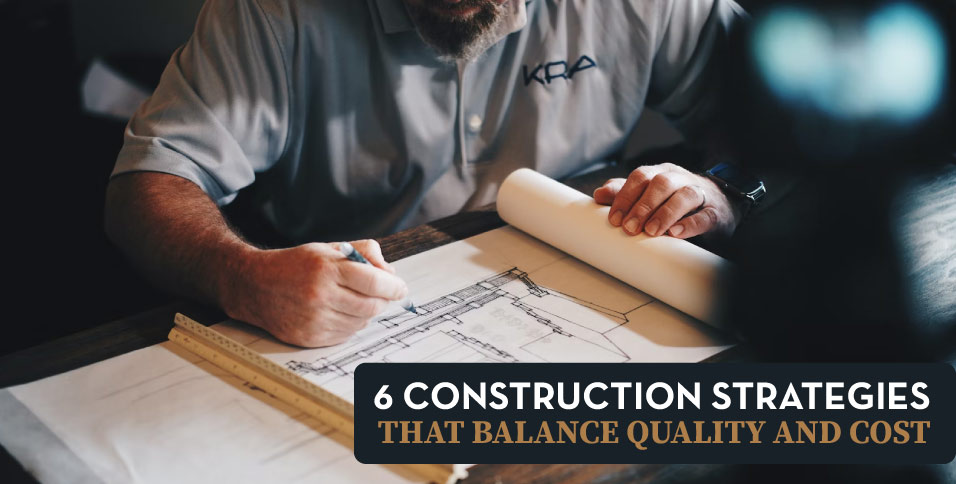If you want to achieve value in construction, you should look beyond hitting budget targets or delivering high-quality structures. While this seems like a tightrope, there’s a sweet spot where cost-effectiveness meets optimal performance. Here are five key strategies to consider:
Prioritize Early Value Engineering
Instead of simply slashing your budget, you can involve your stakeholders on the onset to identify key areas where you can optimize materials, design, or any processes without compromising on quality. In addition, you can also use techniques like life cycle costing, cost-benefit analysis, and functional analysis to evaluate the long term impact of the optimization areas.
Embrace Collaboration and Communication
Ensure you build a collaborative and communication bridge throughout your project’s lifecycle. This should be from the initial step of planning and designing to construction and beyond. Encourage regular meetings and project reports to keep everyone on the same page. Openly communicating about potential challenges and opportunities for improvement is essential. This can allow for creative solutions and cost-saving adjustments in case of an issue.
Embrace Tech Transformation
There are technological transformations that can help balance quality and cost-effectiveness. They include:
- Building Information Modeling (BIM)
- Prefabrication
BIM plays an important role in advanced workflow management, developing reasons why it optimizes building designs, streamlines the workflows and prevents cost overruns. One advantage of BIM is that it detects budget problems early while prefabrication ensures quality control and minimizes waste. Both technologies essentially change construction projects from being reactive based to proactive based, delivering the highest value possible.
Consider Lean Construction
Lean construction focuses on eliminating waste to improve the construction process’ efficiency. One of its key goals is to pinpoint and eliminate activities that don’t add value throughout the entire process. This includes things like:
- Rework resulting from errors or poor planning
- Inefficient material handling
- Delays such as delayed deliveries, material shortages, and poor communication
By eliminating these and other wastes, lean construction helps to reduce costs, improve quality, and shorten project schedules. It ensures that you always have room for improvement in your project with the use of tools like:
- Value stream mapping
- Pull planning
- Kaizen events
Measure and Monitor Performance
Building a successful project is more than just laying bricks and mortar. You must gauge all the processes involved and ensure you’re delivering utmost value. This is the reason why you need to establish clear key performance indicators (KPIs). These KPIs act as your project’s north star, shedding light on the progress, quality, costs, and the value delivered. Examples of KPIs that you should consider are:
- Strictly adhering to your schedule to avoid throwing projects off track
- Defect rates by identifying areas requiring improvements
- Exercise budget variance to avoid struggling with costs or exceeding it.
Adopt Sustainable Practices for Long-Term Value
Adopt environmentally-friendly practices in your project to save money. Some energy efficient practices like high-performance window systems and renewable energy sources can reduce the operational costs and increase your project’s value.
Additionally, every ton of waste from landfills and recycled material used is a step towards a greener environment. Using recycled materials, implementing efficient waste management practices, and adopting eco-friendly construction methods can save you a lot of money.
Endnote
By implementing the above strategies, you can move beyond a cost-centric approach to a value-driven construction mindset. This shift will not only help you deliver a high-quality project that meets your budget, but also maximize long term benefits.
Also Read: Risk Mitigation In Construction Projects: Expert Strategies Unveiled
















